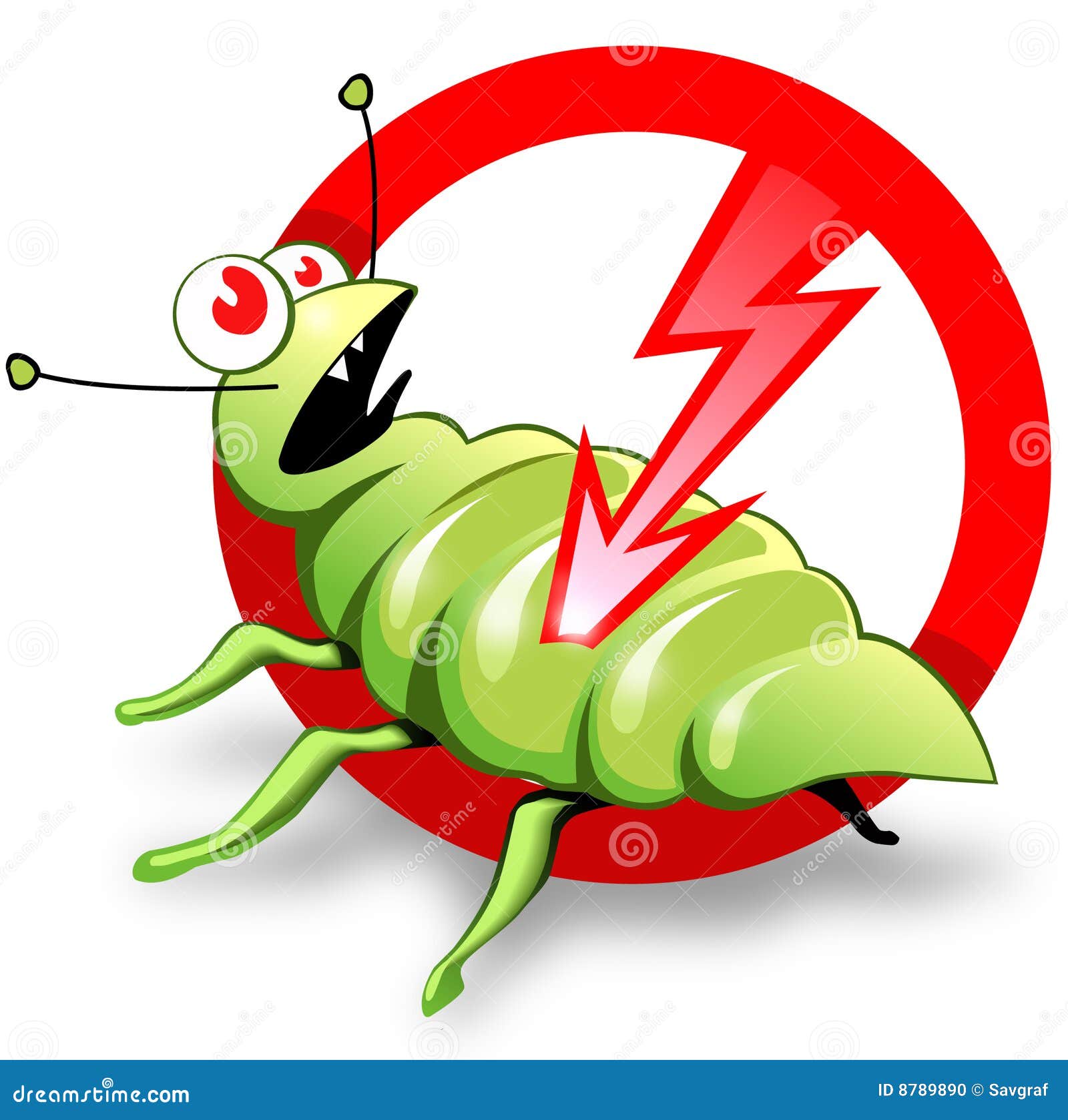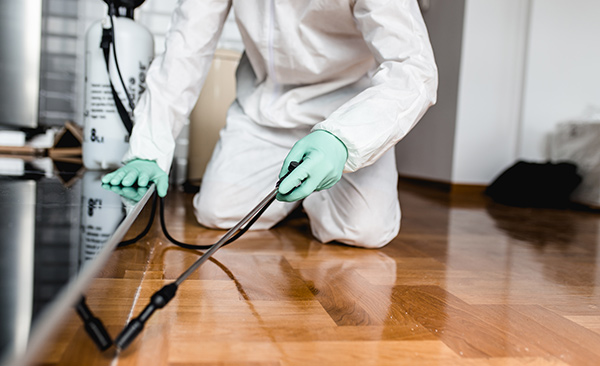Choose professional Pest Control for complete protection and ensure safety.
Eco-Friendly Bug Control Approaches for Taking Care Of Wildlife in Urban Areas
Urban areas typically discover themselves at the junction of human activity and wild animals, leading to distinct difficulties in parasite management. These approaches not just protect the environment but also enhance community engagement in wild animals administration. As city populations proceed to grow, recognizing the characteristics of wildlife communications comes to be progressively important.
Recognizing Urban Wild Animals Characteristics
Comprehending Urban Wild animals Characteristics is crucial for developing efficient and eco-friendly insect control strategies. Urban locations are progressively ending up being habitats for different wild animals varieties, driven by elements such as habitat fragmentation, food availability, and human infringement. Recognizing these dynamics permits a nuanced method to pest monitoring that aligns with ecological principles.
Urban wild animals typically includes types such as raccoons, squirrels, and birds, which adjust to city environments, discovering particular niches in green rooms, parks, and also suburbs. Their existence can bring about conflicts with human beings, particularly when they make use of personnels for food and shelter. Comprehending the behaviors and ecological duties of these varieties informs methods that minimize adverse interactions while promoting biodiversity.
Moreover, acknowledging the interdependencies within metropolitan ecological communities aids in identifying critical locations for habitat conservation and remediation. This knowledge contributes to the development of incorporated bug management (IPM) methods that consider the environmental equilibrium, consequently minimizing dependence on hazardous chemicals. By promoting coexistence between people and city wildlife, cities can produce much healthier atmospheres that profit both residents and local ecosystems, leading the way for lasting city living.
Natural Repellents and Deterrents
All-natural repellents and deterrents provide a sustainable choice to traditional pest control techniques by utilizing the power of nature to keep unwanted varieties away. These environment-friendly options usually use plant-based components, vital oils, and various other normally occurring compounds that hinder parasites without hurting the environment.
One reliable natural repellent is peppermint oil, which is understood to drive away rats and bugs. Its solid fragrance is unpleasant to numerous insects, making it a popular selection for city settings. In a similar way, vinegar and citrus peels can function as deterrents, as their solid odors are typically unattractive to various wildlife.
In addition, diatomaceous planet is an all-natural powder that can be spread in areas vulnerable to insect task, effectively dehydrating and preventing insects without presenting risks to non-target varieties. In addition, garlic sprays and neem oil are acknowledged for their ability to drive away a variety of pests, consisting of both bugs and larger wildlife.
Implementing these all-natural repellents not only minimizes reliance on chemical pesticides yet also advertises a much healthier metropolitan ecosystem, promoting an extra well balanced coexistence in between human beings and wild animals. By utilizing these approaches, urban areas can properly manage parasite populations while decreasing environmental impact.
Habitat Alteration Techniques
Effective environment alteration methods play an essential duty in lasting insect monitoring by altering the setting to make it much less for pest invasions. By comprehending the environmental characteristics of urban locations, residential or commercial property owners can execute calculated adjustments that prevent insects while advertising biodiversity.
(Fire Ant Control)One primary technique includes preserving appropriate hygiene. This consists of routine waste removal, safeguarding trash containers, and getting rid of standing water to reduce reproducing sites for insects and rats. Additionally, landscape design methods such as picking native plants can boost eco-friendly balance, providing environments for valuable microorganisms while decreasing resources for bugs.
One more crucial technique is to secure entrance points in buildings. Evaluating and fixing fractures in structures, walls, and windows can considerably decrease insect gain access to. Additionally, developing physical obstacles, such as fencings or plant buffers, can inhibit wildlife movement into human-inhabited areas.
Integrated Parasite Management Practices
Building upon environment adjustment strategies, incorporated bug monitoring great post to read (IPM) methods provide a holistic technique to controlling insect populations while lessening ecological impact. IPM combines various methods, including biological, cultural, mechanical, and chemical controls, to accomplish reliable insect monitoring.
Organic control entails the intro of all-natural predators or parasites to reduce parasite populaces. Social practices, such as crop turning and cleanliness, interfere with pest life process and decrease their habitats - Pest control service. Mechanical controls, like traps and obstacles, provide immediate relief from insect pressures without chemical intervention
Chemical controls are utilized as a last hope, concentrating on targeted applications that restrict injury to non-target types and the atmosphere. The selection of ecologically pleasant chemicals, when essential, is integral to the IPM framework. In addition, keeping track of bug populations and evaluating prospective damages aids notify decision-making, making sure that interventions are prompt and efficient.
Area Participation and Education

(Lawn pest control Port Charlotte)Workshops and informative sessions can equip residents with expertise regarding indigenous varieties, environment preservation, and reliable non-toxic bug management methods. Collaboration with institutions, neighborhood organizations, and federal government agencies better boosts academic outreach, guaranteeing that necessary details gets to diverse audiences.
In addition, community-led campaigns, such as area clean-up days and environment remediation tasks, not just advertise biodiversity however also strengthen community ties. Pest Control. By urging residents to share their experiences and observations, areas can develop targeted techniques that resolve specific local pest issues
Integrating comments from locals into parasite administration plans allows an extra receptive and adaptive technique to wild animals obstacles. Ultimately, notified and engaged neighborhoods are key to accomplishing lasting success in eco-friendly pest control, leading to much healthier urban settings that value both human and environmental needs.

Verdict
In conclusion, eco-friendly pest control comes close to deal sustainable solutions for taking care of urban wildlife. By prioritizing environment modification, making use of natural repellents, and implementing integrated bug management practices, communities can cultivate a harmonious conjunction with neighborhood fauna.